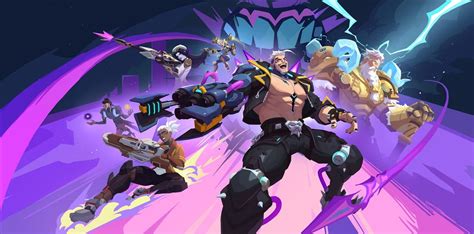
Blizzard Entertainment is doubling down on its fan-favorite hero shooter with a comprehensive summer roadmap for Overwatch 2: Stadium, outlining upcoming hero additions, new maps, gameplay features, and continued support across future seasons.
Revealed through a detailed Director’s Take blog post by game director Aaron Keller, the roadmap outlines Blizzard's ambitious content plans for Seasons 17 through 19—and beyond. With a surge in popularity and performance metrics that outshine other core modes, Stadium is proving to be a pivotal chapter in Overwatch 2’s evolution.
Season 17 Ushers in Classic Heroes and New Maps
The summer content wave begins with the mid-Season 16 addition of Freja, a new Damage-role hero. But the real momentum kicks off with Season 17 in June, which will reintroduce fan-favorite characters Junkrat, Sigma, and Zenyatta into the Stadium format. Players can also look forward to the return of two familiar battlegrounds—Esperança (Push) and Samoa (Control).
Blizzard is enhancing the Stadium experience by integrating new features such as:
-
Unranked Crossplay
-
All-star rewards
-
Custom game support
-
Build sharing and saving tools
-
Example builds to guide new players
Though not all features are guaranteed at the start of Season 17, Blizzard has made clear that content will roll out consistently through each season.
Season 18 Expands the Lineup and Introduces Payload Race
Season 18 is set to deepen the roster further with the arrival of Winston, Sojourn, and Brigitte. Accompanying them are iconic maps like Route 66 and London. Blizzard is also debuting a brand-new Payload Race mode, complete with two exclusive maps, a Stadium Trials event, and a long-requested Endorsement system, allowing players to commend teammates for positive gameplay behavior.
Long-Term Plans: Season 19 and Beyond
Looking past the summer, Season 19 is already shaping up to be equally ambitious. Plans include:
-
A new China-based map
-
Draft Mode for strategic hero selection
-
Consumables system improvements
-
More extensive tweaks to the item and build mechanics
Blizzard has promised to include “multiple new heroes” each season, drawn from both the existing Overwatch 2 roster and future original characters.
Stadium Dominates the Player Base
According to Blizzard’s internal metrics, Stadium mode has quickly become Overwatch 2’s most popular feature. In its first week alone, players logged over 7.8 million hours across 2.3 million matches, easily surpassing the performance of Quick Play and Competitive. These numbers more than double those from Overwatch Classic’s original launch week.
Other notable stats include:
-
Lucio as the hero with highest win rate but lowest pick rate
-
Over 900 billion Stadium Cash spent by players
-
Over 206 million items selected across matches
These statistics point to a mode that has struck a chord with the community—and suggests Blizzard has found a formula that resonates with both old and new players alike.
Development Timeline and Transparency
Director Aaron Keller clarified that Stadium had been in development long before Overwatch 2 launched, pushing back against fan speculation that the mode was rushed in response to competitors like Marvel Rivals. He emphasized that Stadium is not siphoning resources from core game modes but is instead part of Blizzard’s broader strategy to expand how players engage with the franchise.
“We’re still pouring as much time, energy and passion into [core modes] as we always have,” Keller noted. “Stadium isn't competing for those resources—it's giving us more opportunities to deliver Overwatch in a new, exciting way.”
A Return to Form
The positive reception of Stadium marks a turning point for Blizzard. After years of turbulence, including player dissatisfaction and review bombing, Overwatch 2 is once again generating buzz for the right reasons. The return of loot boxes and a noticeable bump in Steam reviews to "Mixed" further indicate a shift in public sentiment.
With a content-rich summer ahead and a renewed commitment to transparency, Blizzard appears to have recaptured the spark that once made Overwatch a genre-defining force.
Leave a Reply